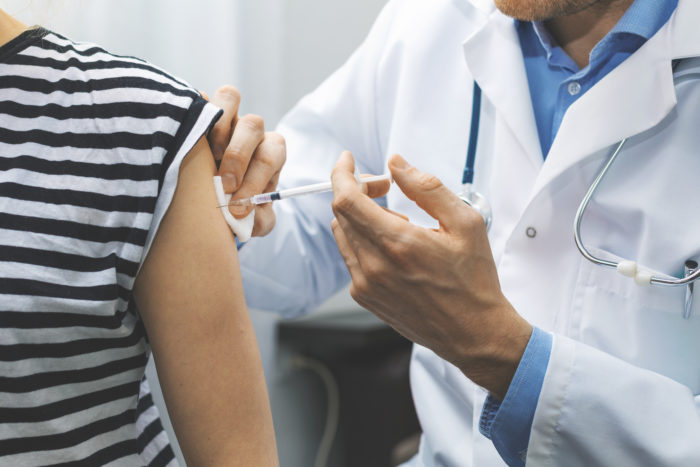As Fall Looms, Vaccines Take Center Stage
August 27, 2020
As infectious diseases threaten to overlap this fall, vaccines have captured the nation’s attention once again.

A Vaccine for COVID-19
Researchers continue working around the clock to develop a vaccine against the novel coronavirus. Through Operation Warp Speed, the government has chosen three vaccine candidates to fund for phase 3 clinical trials. Early results are promising. At least one vaccine candidate is tentatively set for a fall release, while another is on track to seek regulatory review as early as October 2020.
Experts predict, however, that it will be well into 2021 before the vaccine is accessible to most Americans. Meanwhile, a recent poll suggests that at least one-third of people would opt not to receive the vaccine even if it were available to them.
When COVID-19 & Influenza Overlap
As the coronavirus vaccine race continues, the annual flu season nears. Flu season typically starts around October and burdens the health care system even in normal years. The 2018–2019 flu season in the U.S., for example, resulted in about half a million hospitalizations and more than 34,000 deaths. This year, the added toll could push the health care system to its breaking point. Experts estimate COVID-19 will continue to hospitalize thousands and kill hundreds of people a day into September — likely with more spikes in the coming months. Health care providers worry that the combination of flu and COVID-19 patients will flood hospitals and strain already limited resources.
Widespread flu immunization could ease communities’ struggles. Nearly 200 million doses of the flu vaccine, even more than the 2019-2020 flu season record of 175 million doses, will be available in the coming months. But the extra doses won’t matter if people don’t get vaccinated. Fewer than half of adults in America received a flu shot during last year’s flu season.
Childhood Immunizations & Vaccine Misinformation
For both flu and COVID-19, fear and misinformation about vaccines plays a role. This could be a result of Americans spending more time than ever online while largely confined to their homes. Conspiracy theories about COVID have become entangled with misinformation about a potential vaccine, capitalizing on Americans’ pandemic anxiety.
Meanwhile, some children have fallen off schedule for their routine immunizations. Stay-at-home orders and parents’ fears about contracting COVID-19 at a doctor’s office may have kept them from scheduling well-child and vaccine appointments. This drop in vaccination rates poses a threat not only to immuno-compromised children but also to people, regardless of age, who have been previously vaccinated, because the effect of some immunizations wane over time.
From mid-March to mid-April alone, health care providers administered about 2.5 million fewer doses of non-flu vaccines than in the same period in 2019.
Outbreaks this fall are likely. But rather than surrendering to panic, patients might instead embrace the most powerful protection available to them: access to vaccines.
Categorized in: Blog

